Description
Assessing Critical Thinking in Social Studies!
This purchase includes two different versions of an assessment for the 5 lessons in my World War I unit and a review worksheet for the entire unit. Those lessons are:
- Restricted Freedoms in WWI – The Espionage and Sedition Acts
- Woodrow Wilson and the 14 Points
- Black Soldiers in WWI
- The Women’s Rights Movement
- World War I – Overview
This test is tailored to match critical thinking and historical thinking skills. The content focuses on World War I from a U.S perspective. I do standards-based grading, and I allow students to redo tests. Therefore, one of the tests is given as the original, and the second test is given as a “redo.”
These assessments do require the students to have some knowledge of historical skills. The skills are then referred to and reviewed on the review sheet. I’ve tried my best to meet the new standards required by NYS Standards for Social Studies.
I include a 5-point rubric with each of the lesson assessments. If you would like to grade these questions in a different way, you can simply remove the rubric and add in your own points or rubric instead.
There is an answer key provided for the review sheet and both versions of the exam.
This zip file includes a PDF version, a PowerPoint version, and a link to a Google Slides version for both the Review and the assessment. Both the PowerPoint and the Google Slides versions are fully EDITABLE.
This resource specifically addresses the following NYS standards:
8.4a – European militarism, the alliance system, imperialism, and nationalism were all factors that contributed to the start of World War I.
8.4b – International, economic, and military developments swayed opinion in favor of the United States siding with the Allies and entering World War I. Domestic responses to World War I limited civil liberties within the United States.
- Students will examine an overview of the causes of World War I, focusing on the factors leading to United States entry into the war.
- Students will examine examples of war propaganda and its effects on support for United States involvement in the war.
- Students will examine the restrictions placed on citizens after United States entry into the war, including the Espionage Act (1917) and the Sedition Act (1918).
8.4c – New military technologies changed military strategy in World War I and resulted in an unprecedented number of casualties.
- Students will examine the effects of the changes in military technologies used during World War I, including trench warfare, chemical weapons, machine guns, and aircraft.
8.4d – Following extensive political debate, the United States refused to ratify the Treaty of Versailles. The United States then sought to return to pre-war policies by focusing on domestic rather than international matters.
© Copyright 2024 Peacefield History. All rights reserved.
Permission is granted to copy pages specifically designed for student or teacher use by the original purchaser or licensee. This is intended to be used by one teacher unless additional licenses have been purchased. The reproduction of any other part of this product is strictly prohibited. Copying any part of this product and placing it on the Internet in any form besides Google Classroom is strictly forbidden. Doing so makes it possible for an Internet search to make the document available on the Internet, free of charge, and is a violation of the Digital Millennium Copyright Act (DMCA).
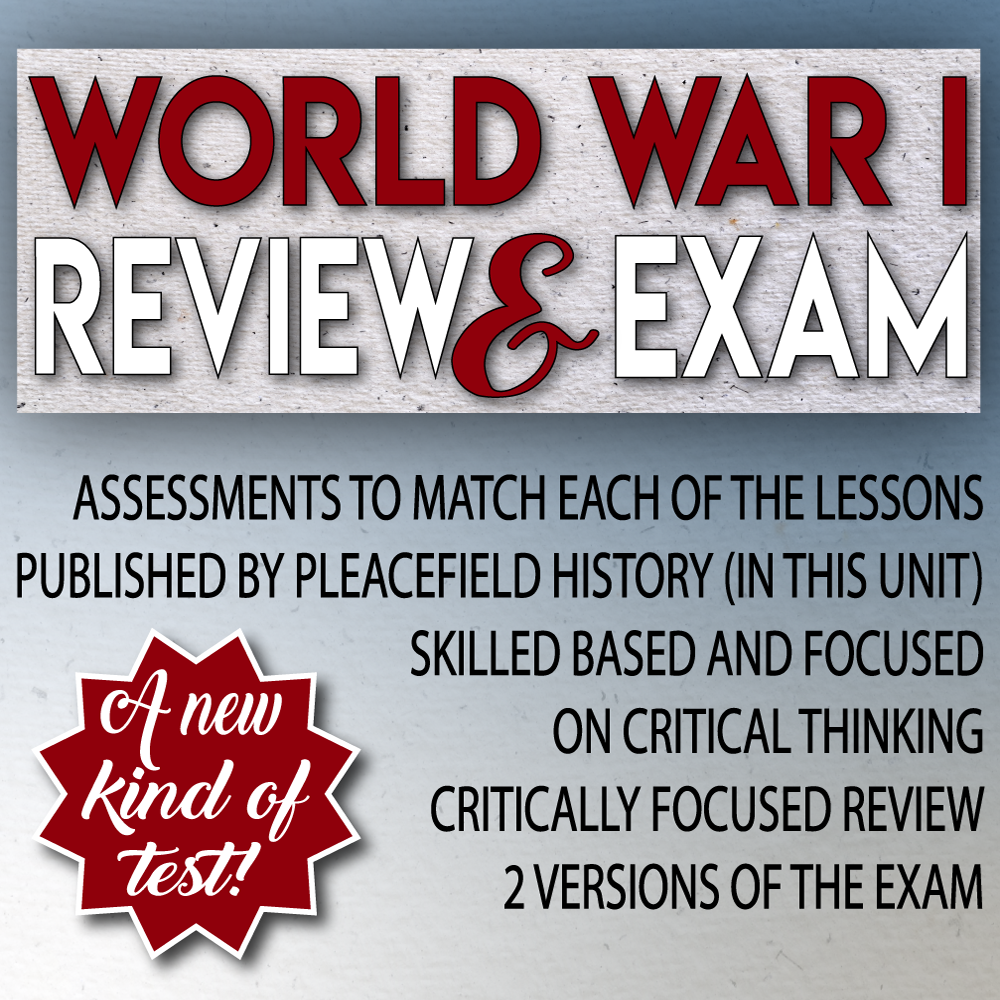



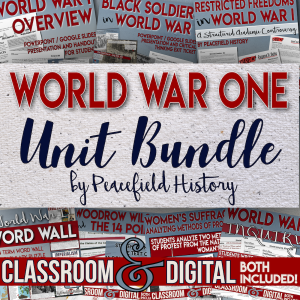
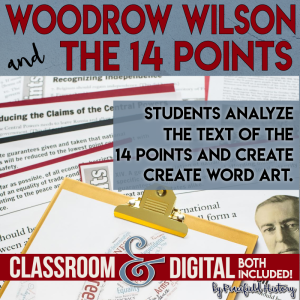
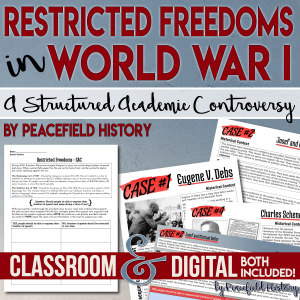
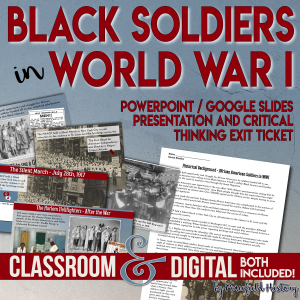

Reviews
There are no reviews yet.